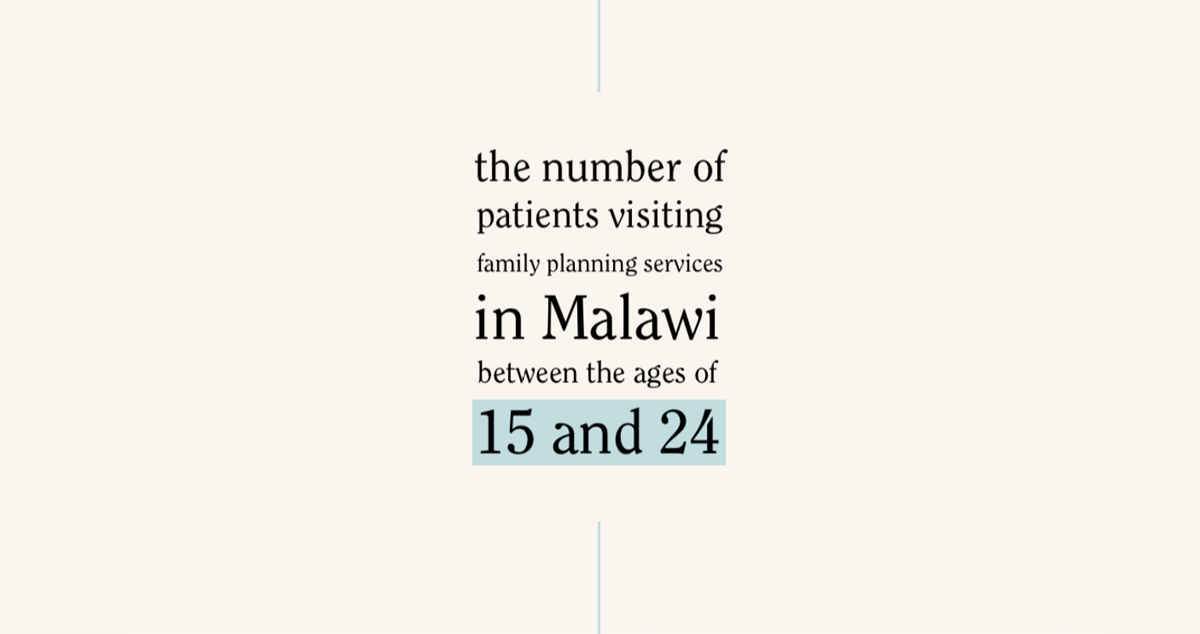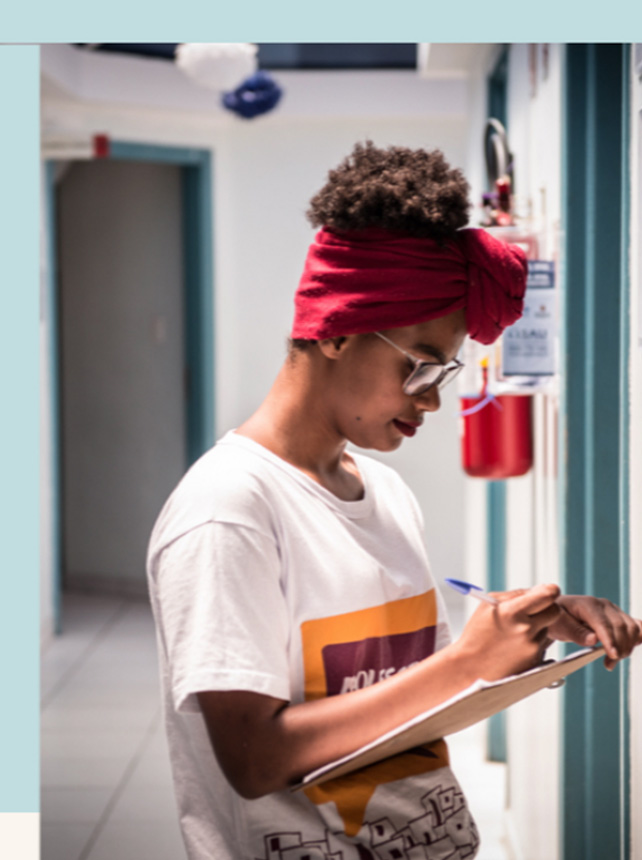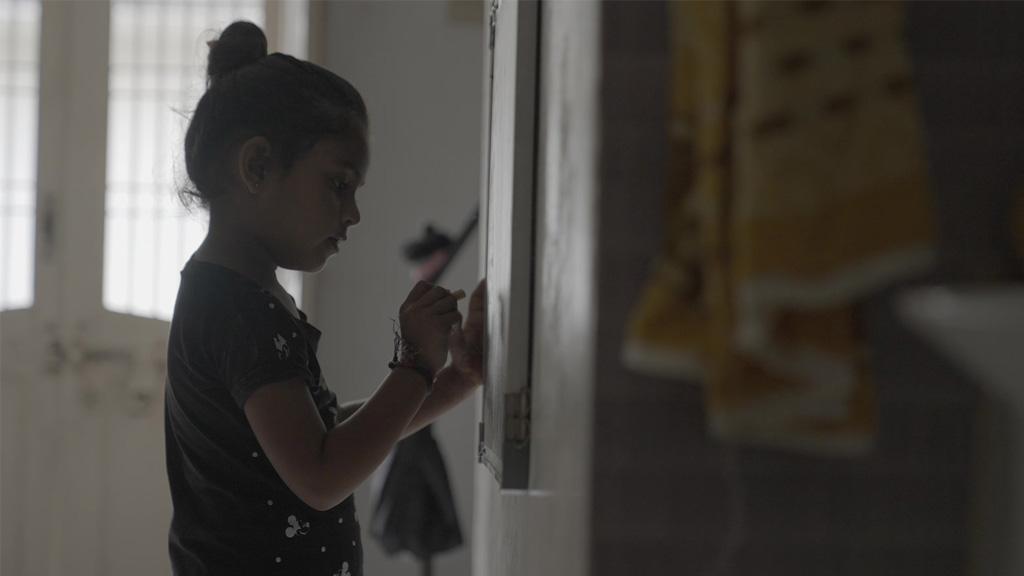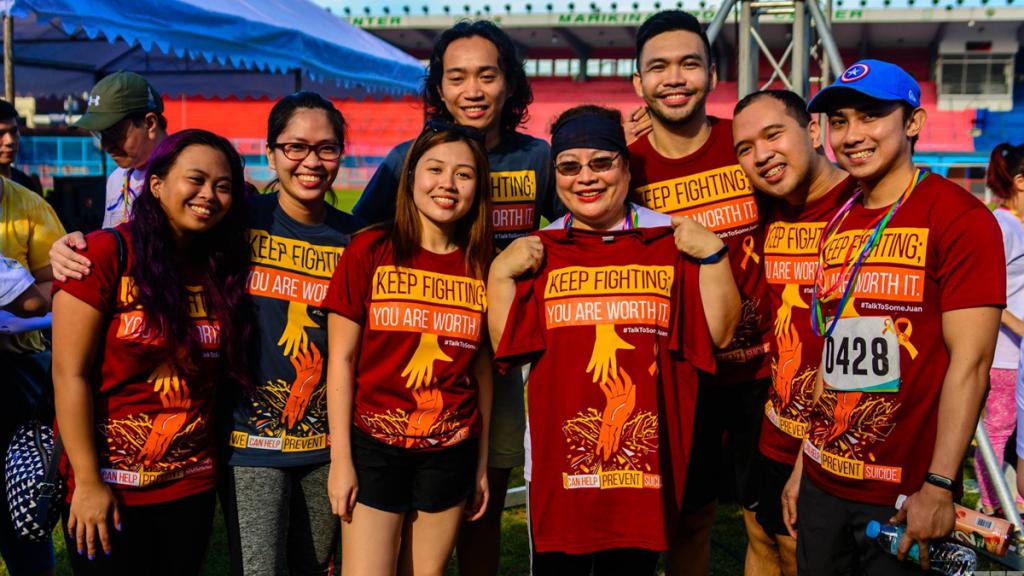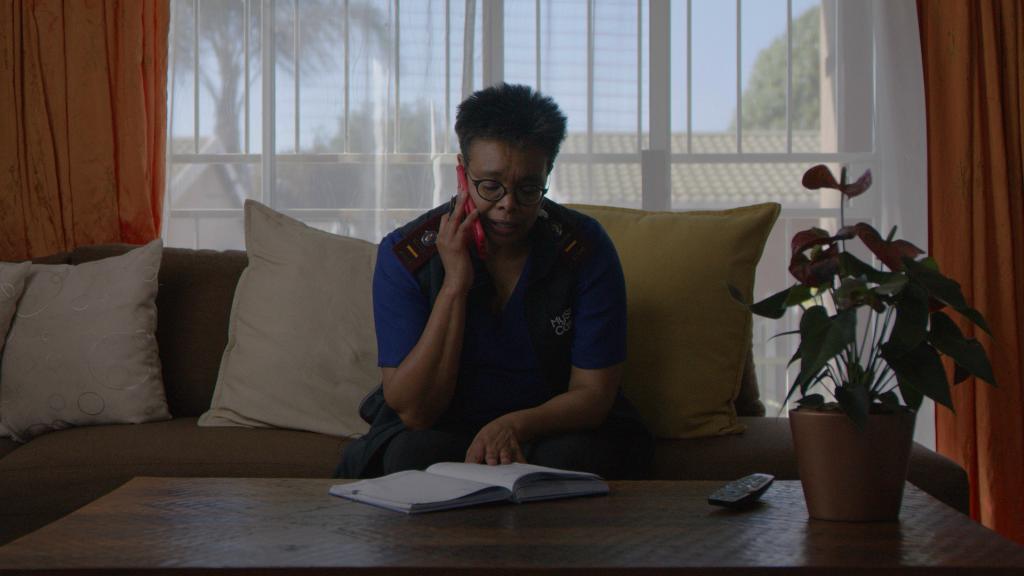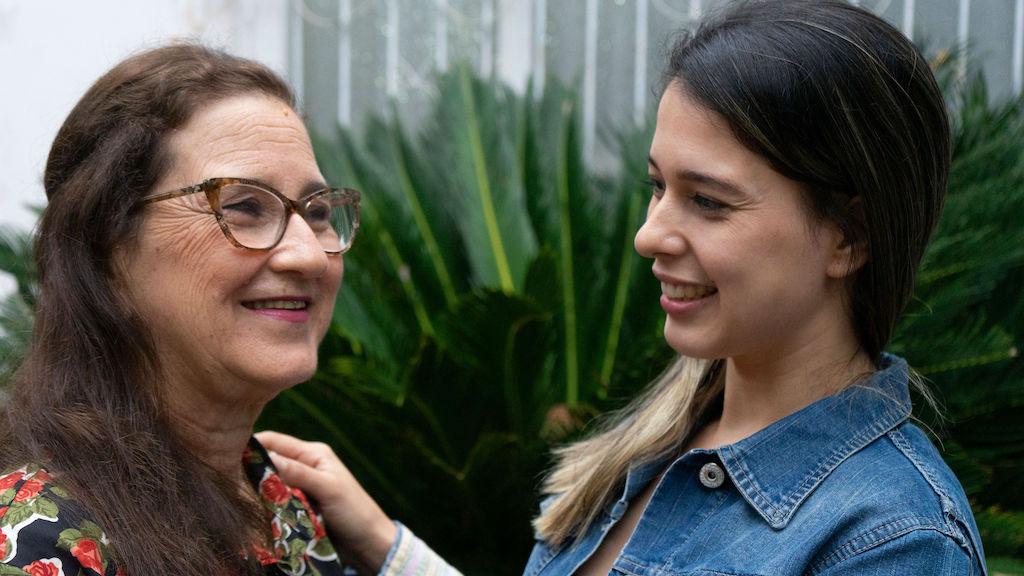Making health services youth-friendly
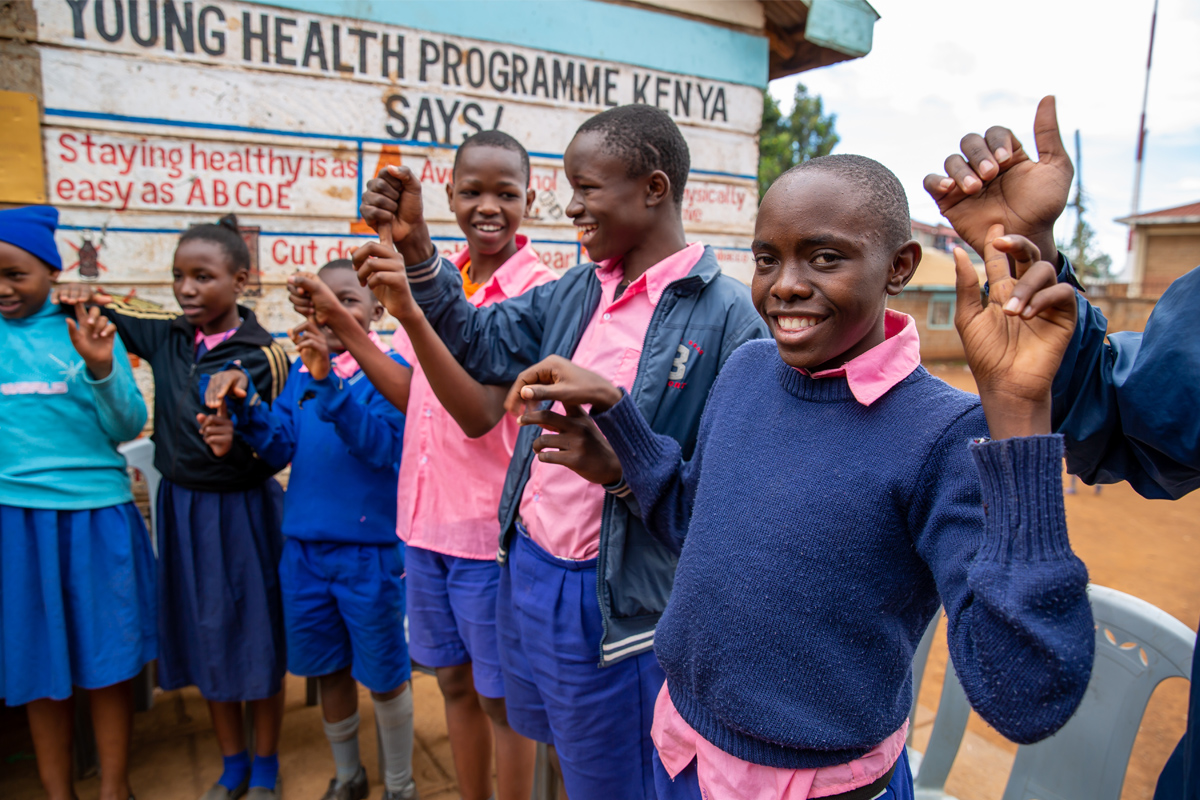
In countries around the world, young people are actively involved in defining how best to receive healthcare.
Non-communicable diseases (NCDs) are now the leading cause of mortality, responsible for 41 million of 57 million annual deaths globally. This class of diseases includes cancers, heart and respiratory disease and diabetes – the risks of which can be reduced with the right lifestyle choices.
For people in low- and middle-income countries, making those lifestyle choices that can reduce their risk to NCD’s can be complicated. Poor health education, limited access to care and income inequality exacerbates the problem of NCDs. As a result, 85% of the 38 million NCD-related deaths occur in developing nations. The adolescent growth spurt is a key time to make the right health choices, but it can also mark the beginning of risk behaviours that will have a major effect on future adult health.
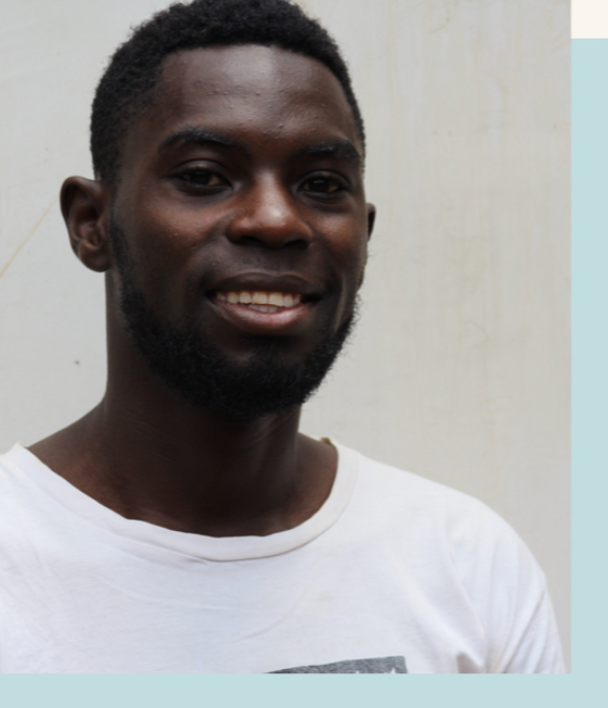 |
The Young Health Programme (YHP), a collaboration between AstraZeneca and global children’s organisations like Plan International engages local peer educators who act as role models and communicators on the prevention of NCDs, raising awareness of youth-friendly services and identifying gaps in existing health facilities where improvements could be made to reduce the burden of NCDs. “I first got in contact with the YHP, when a recruiter came to my village,” says Paul, 25, and now a lead peer educator for Plan International, who had his chance encounter while giving directions to the public hall. NCDs were a topic Paul (who for this article, we will only refer to by first name) was not well acquainted with, although people in his village suffered from lung and heart disease. “And this really triggered my curiosity, because within my community, I had seen the effects of NCDs, although I wasn't really aware that they were due to certain risk factors that were majorly preventable,” he says. “Now, I felt like I could really make a difference in my community.” Paul has seen the effects of alcohol, drugs and poverty in his community. He says that by acting as a peer educator for the YHP since 2016 he has been able to manage his own exposure to these risks. “I'm advocating for issues that are within my own homestead,” he says. “I'm also able to magnify that effect within my community, and especially among my fellow young people. For me, I wanted to fix the issue of high alcohol consumption.” |
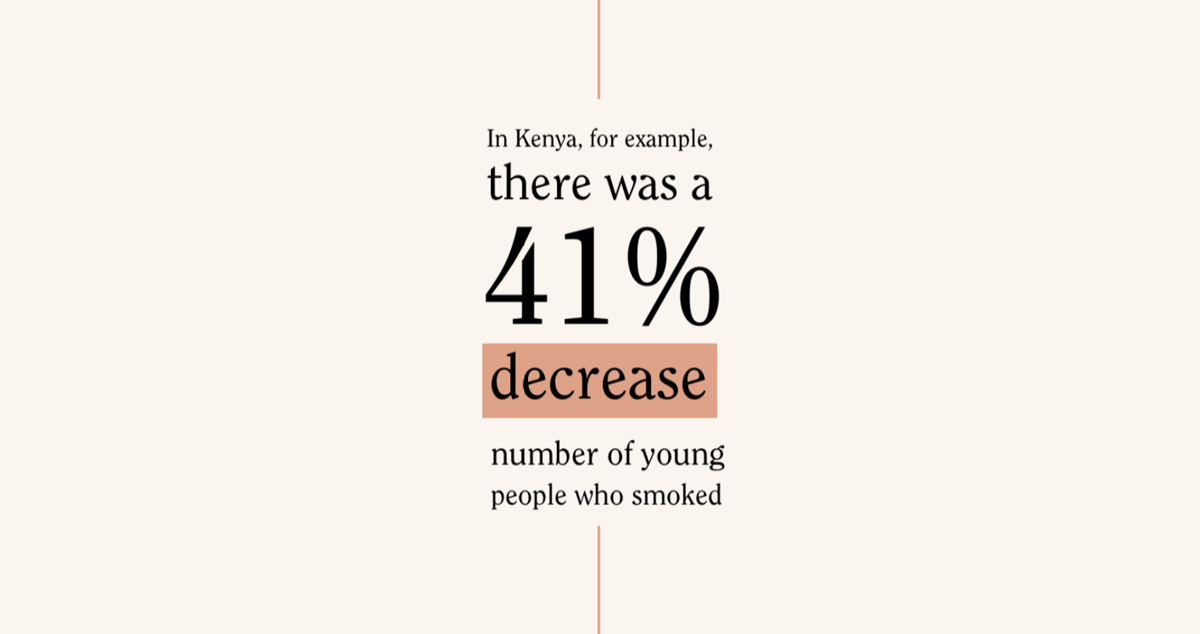 |
|
|
The YHP has helped to identify tangible improvements and to design and implement adolescent-friendly health interventions, which enable young people to seek health services on their own terms in Brazil, Colombia, Egypt, India, Indonesia, Kenya, Thailand, the UK and Vietnam. In Kenya, for example, there was a 41% decrease in the number of young people who smoked, and in Indonesia a 40% increase in the attendance of young people at community health clinics after the programme. Some of the peer educators are introduced to the programme through their own treatment. “I was involved in a support group for people living with hypertension, and I was the youngest member there,” says Sharon, a 24-year-old beauty therapist and lead peer educator on the YHP in Kenya, who joined the programme at the same time as Paul. “So the doctor who was taking us through hypertension, told me ‘There is this programme for young people focusing on NCDs. And since you're a young person, [you could] use your story to also give hope and guide other young people’.” The peer educators conduct community conversations, building rapport with healthcare providers and young people. During these events, which are sometimes public and sometimes private, the healthcare provider will talk about their services so the young people can understand what is available to them within their community. “I personally started with my family, talking to them about my involvement with YHP,” says Sharon. “And their reaction was ‘You go girl, this is a good platform for you to use your story to encourage other young people’.” |
 |
|
|
|
|
Outside of the YHP, peer-to-peer communication has proven effective in other settings. In the case of reproductive health, the number of patients visiting family planning services in Malawi between the ages of 15 and 24 increased from 72 in a three-month period to 2,278 when youth-friendly outreach activities were introduced. This is particularly the case in communities where adults are required to consent to medication or access medical care, says David, a 27-year-old YHP peer educator and teacher in Kenya. He adds that many people avoid healthcare professionals because they are often the same age as their parents and might know them personally. This can lead to embarrassment at the clinic – something that three YHP peer educators, Kaue, 18, Adkuesley, 22, and Daniele, 20, have witnessed in Brazil. They all mentioned feeling uncomfortable at healthcare clinics and suggested adolescent-only days and informal education in parks would help. They also all mentioned that medical professionals need to “tactfully” approach young people to avoid them feeling judged. Daniele was particularly impressed with how she was spoken to by the other peer educators. “I thought ‘Oh, they are going to talk about health. They are going to forbid us from eating our fatty foods. I’m outta here!’,” she says. “What changed my mind was the way that the people spoke to us, the approach, because it is very important how people approach a teenager.” Daniele adds that it is important to her that young people see other people like them in the clinics. For example, she says there are not many female gynaecologists at the clinics she goes to, so young women end up seeing older male GPs who are less able to relate. She adds that female condoms are not as easily accessible, but after the peer educators pointed this out, they were made as freely available in the clinics as male condoms.
|
|
Paul explains the importance of having good sexual health services for young people. When spreading awareness, they encourage young women to go for regular screenings for diseases like cervical cancer. “This is one of the greatest repercussions, especially when you're talking about NCDs, because some of these diseases are very long term, you're not able to really just have symptoms today and… be able to be diagnosed and treated tomorrow,” he says. Sharon says that sometimes the diagnosis itself can bring embarrassment. In her case, her diagnosis of hypertension was something she associated with older people. But the news can quickly travel around the community. Some young people in that situation react with denial, which hinders them from accessing health services, she says. One part of the programme that has proven enlightening is scorecarding – a youth-led tool, whereby young people rate the services available to them. What do the facilities have, and why might young people not be using them? Do they offer a safe space for young people? Are they able to express their concerns to the health facilities? As a result of those scorecards, some clinics have started to introduce youth-only entrances, to avoid embarrassing encounters, more talks outside of the clinics, andsocial media campaigns and health kits.
|
|
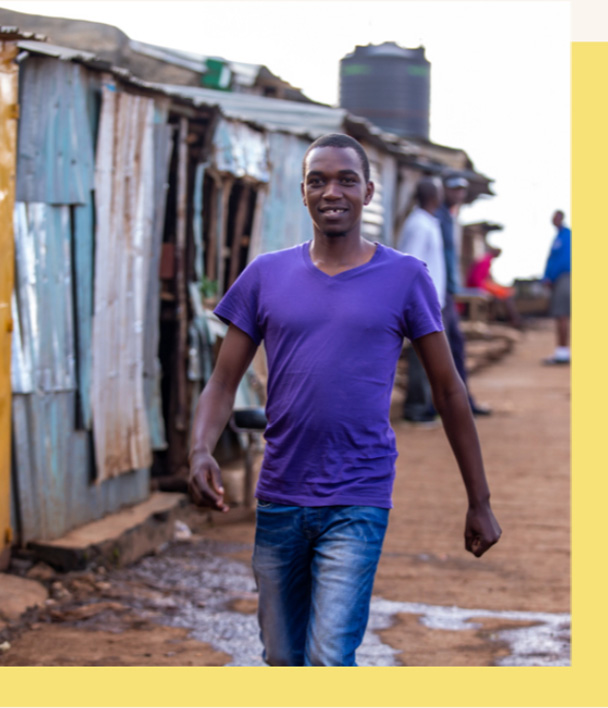 |
“For me, what I learned is that there is an information gap,” says David. “Most of these health facilities, they have the services [but they] are not being used by young people.’
|
| “I can see that this programme is slowly shifting the mindset of people around the community,” he says. |
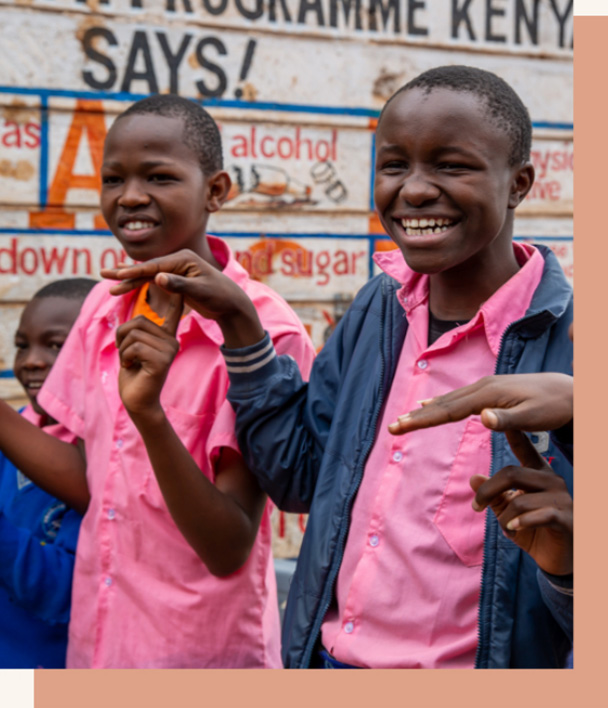 |
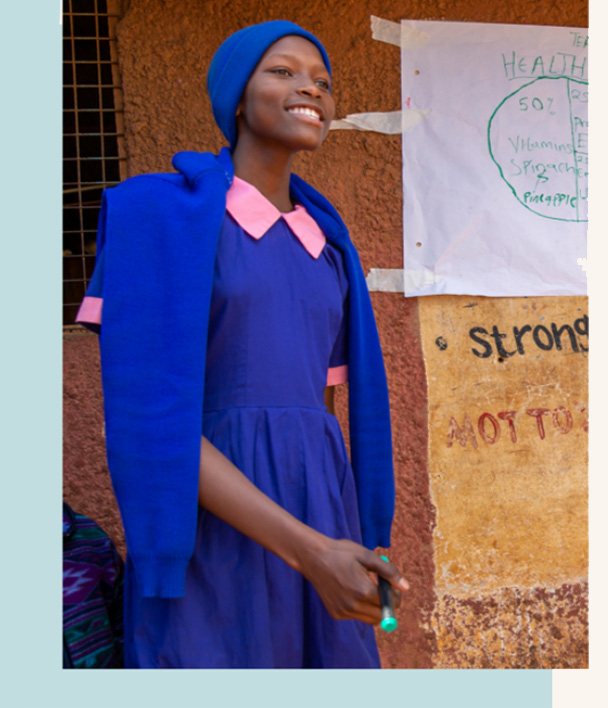 |
“I'm privileged to be part of a school and also infuse messages of NCDs within the curriculum. And sometimes the students report those who go against what we talked about in class. I've seen a huge number of students making the right choices.” Meanwhile Paul reflects on what the programme has done for his family. “I think the [first reaction of my family] was ‘We can't really relate to what the programme is talking about’. My dad used to be a tobacco user. He took a lot of cigarettes – two to three packs a day. By addressing this with the family, and not him directly, the family were able to address it with him. And now he has been able to quit cigarettes since 2017. It has been a journey.” |
***
Paid and presented by AstraZeneca.

